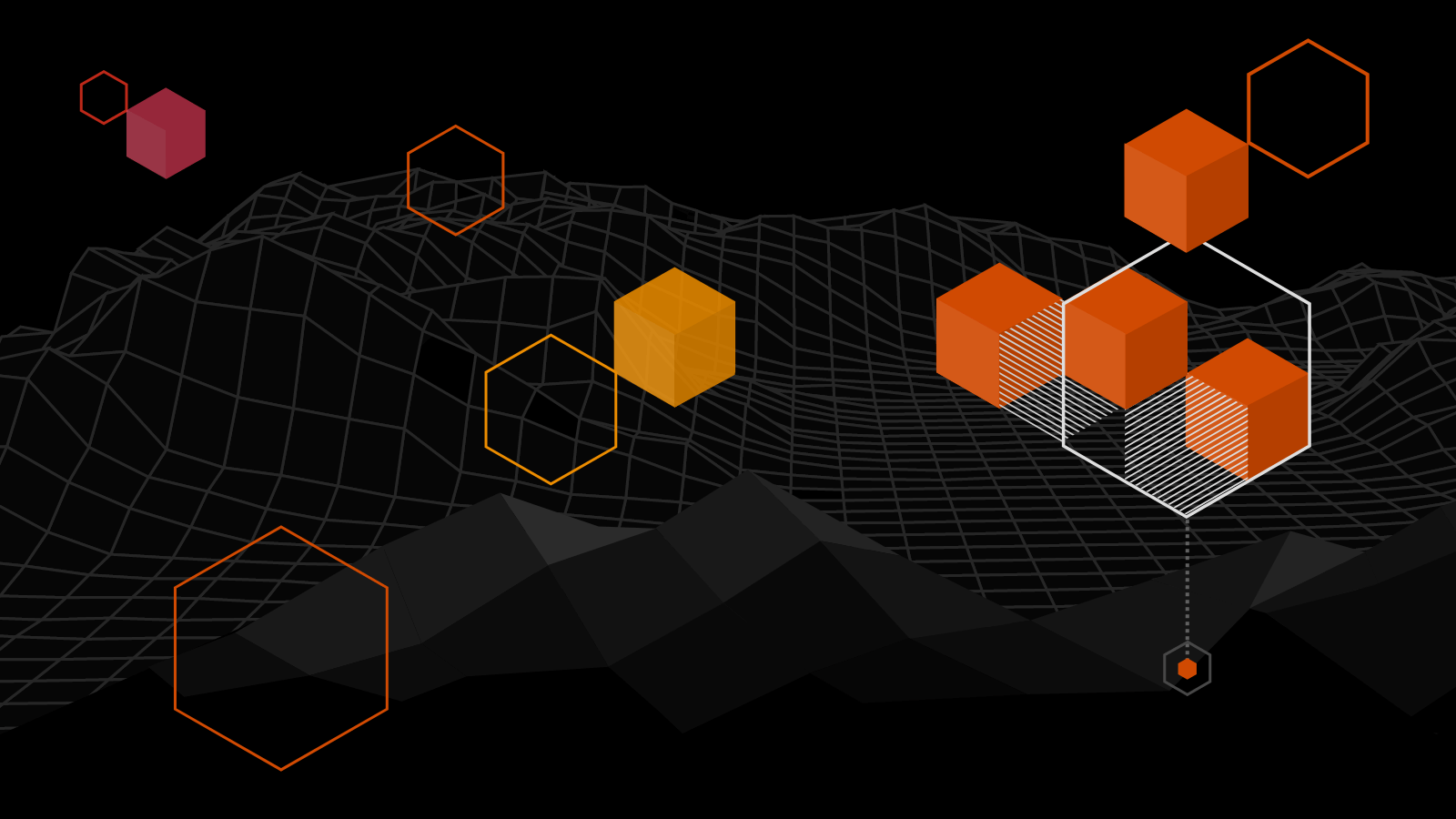Begin your metaverse journey now
“The metaverse” is still a work in progress.
With metaverse concepts beginning to become more concrete, many companies are exploring investment opportunities, new ways to enhance customer loyalty as well as engage communities and also heighten revenue.
The metaverse is evolving into a three-dimensional digital world, unbound by geography and currently without comprehensive rules and regulations.
It’s advancing at speed, with many metaverse concepts being relevant to businesses right now. New trends such as the metaverse’s economy, governance structure and user experience are arising, with more to come.
Our leading expertise in XR technologies, such as virtual reality and augmented reality, can support your organisation with everything from design, development and deployment of cutting edge experiences.
Read our metaverse survey



















